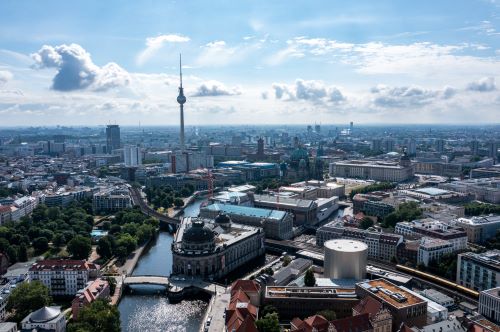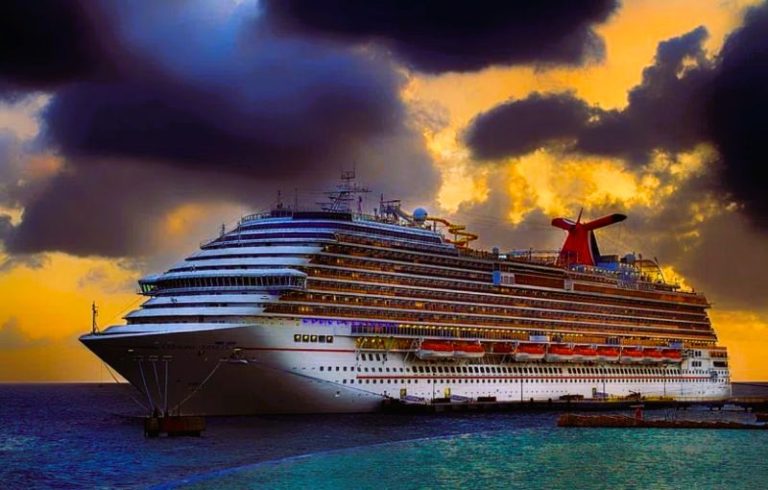

If cities could talk, Berlin would have more than its fair share of stories to tell. This city has seen so much change over the years, making it one of the best places to visit in Europe for those with a fascination for history. It’s also a great culture and entertainment hub, with awesome food, too!
In short, there’s a lot to love about Berlin. But if you simply arrive in the city without any kind of plan, you might not know where to start. This guide is here to help. So, make your way into the city, stash your bags safely, and enjoy Berlin to the fullest with these top tips.
Figure Out the Basics of the BVG
In any big city, it pays to learn how the local public transport network works. In Berlin, the city’s transport system is known as the BVG (Berliner Verkehrsbetriebe). The BVG includes buses, trams, U-Bahns (Germany’s version of subways), and even ferries.
Upon arrival in the city, or even before you get there, take a moment to download the BVG app. It’ll make it much easier for you to get around and figure out which train to take and where to get off.
You may also notice that there aren’t any barriers at Berlin’s stations. And while it might be tempting to simply stroll on through, you still need to buy a ticket or pass for every journey you take and remember to validate it before climbing on board. Otherwise, if you bump into any ticket inspectors, a pricey fine will be heading your way.
Soak Up the History
History is perhaps the biggest reason why people visit Berlin. The echoes of the past can be felt and heard around every corner. This city has seen a lot. Its endured, evolved, and changed in some dramatic ways, through the Second World War to the fall of the Berlin Wall and beyond.
Many remnants of the past are still standing. There are also multiple touching and poignant memorials to honor the city’s darker moments.
Take the time to soak up some history by visiting key landmarks, like the famous Reichstag building, which was captured by the Soviets in 1945, as well as the Berlin Wall Memorial. East Side Gallery is also worth checking out to see a brighter side of the famous wall, decorated with over 100 colorful murals.
Get Off the Beaten Path
Of course, the Berlin Wall, Brandenburg Gate, and the other main sights are all worth seeing. But there’s much more to Berlin than a list of landmarks. This city is vast, with all sorts of diverse, vibrant neighborhoods to explore, and you never know what you might uncover by leaving the beaten path behind.
The Kreuzberg district, for instance, is a great spot for thrift shops, Turkish cafes, and wacky street art, while the Prenzlauer Berg area is perfect for families, with lots of safe play areas, kids’ shops, and family-friendly eateries.
Consider a Winter Visit
The best time to visit Berlin? Summer. That’s the answer you’ll usually hear, and it makes a lot of sense. Summer is when Berlin gets the best weather and feels most alive, with plenty of sunshine and comfortable conditions for picnics in Tiergarten and roaming the city streets.
However, if you prefer to avoid the big crowds and want something a little different, you might consider a winter trip. Berlin has some of the finest Christmas markets of any German city, and there’s something so magical about seeing the German capital and its old, beautiful buildings beneath a light blanket of snow.
Sample Some Local Specialties
Of course, another fun thing about touring any big European city is sampling the local food. Madrid has its tapas and paella. Rome has pizza, pasta, and more. And Berlin is one of the best places to enjoy traditional German meals, like currywurst, coupled with world-class beer.
Obviously, most tourists will want to sample the standard snacks, like sauerkraut and pretzels. However, Berlin’s culinary scene has many more delights that are worth a taste, like Königsberger Klopse meatballs or Eisbein ham. Kebabs are also a large part of the city’s menu, thanks to Berlin’s sizable Turkish population.
Always Keep Some Cash on You
While many European cities, from Stockholm to London, are becoming more and more cashless, Berlin does things a little more traditionally. Paper money and coins are still in wide use here, and you’ll find that some bars, restaurants, and other businesses won’t even accept card or phone payments.
The big touristic landmarks all accept cards, of course, but if you want to buy yourself a sandwich from a local bakery or stop off at a flea market on your way back to the hotel, you’ll need to have some physical cash in your pockets.
Have the Best Time in Berlin
With its distinctive mix of old and new, its extraordinary past, and its vibrant, diverse population, Berlin is a must-see stop on any European tour. Keep these tips in mind the next time you visit the German capital to have a happy, safe, and memorable stay.


